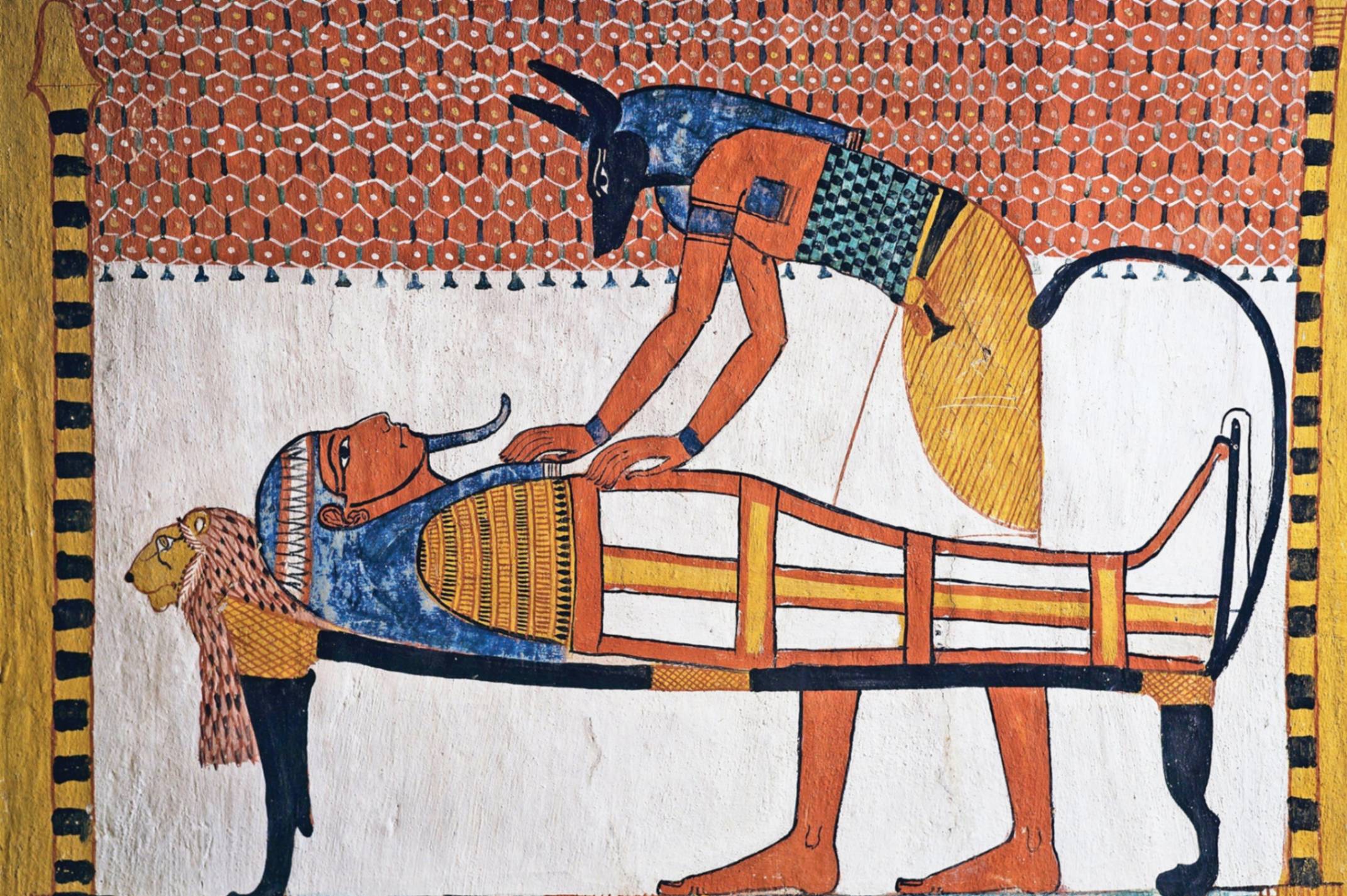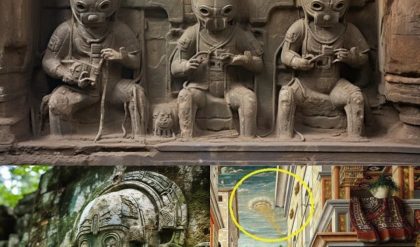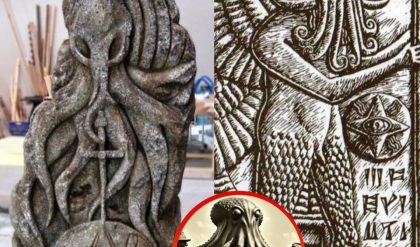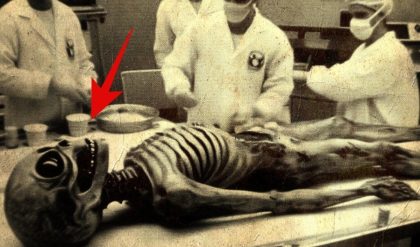The ancient Egyptians are renowned for their advanced civilization, particularly in the realms of art, architecture, and religion. Among their most fascinating and enduring contributions is the practice of mummification, a process that reflects not only their sophisticated embalming techniques but also their deep-seated beliefs about the afterlife. This article explores the intricate secrets of Egyptian mummification, dating back to circa 3500 BC, and the profound connection between these practices and their beliefs about the underworld.

The Origins of Mummification
The practice of mummification in Egypt began around 3500 BC, during the predynastic period. Initially, the process was relatively simple, involving the natural desiccation of bodies buried in shallow pits in the hot desert sands. However, as Egyptian society evolved, so too did their techniques for preserving the dead, driven by a desire to ensure the deceased’s safe passage to the afterlife.
1. Evolution of Techniques
- Early mummification was an unintentional result of burying the dead in the arid desert, where the heat and dryness preserved the bodies. Over time, the Egyptians developed more elaborate methods, involving the removal of internal organs, the use of natron (a naturally occurring salt) to dehydrate the body, and the careful wrapping of the corpse in linen.
2. The Role of Embalmers
- Mummification became a specialized craft, with embalmers playing a crucial role in the preparation of the dead. These skilled practitioners were often associated with the god Anubis, the deity of mummification and the afterlife. They followed a precise set of rituals to ensure that the body was prepared for its journey to the underworld.

The Mummification Process
The process of mummification was both complex and symbolic, reflecting the Egyptians’ intricate understanding of the human body and their spiritual beliefs. The process could take up to 70 days and involved several key steps:
1. Removal of Internal Organs
- The first step in mummification was the removal of internal organs, which were believed to be susceptible to decay. The brain was often extracted through the nose using a hook, while the lungs, liver, stomach, and intestines were removed through an incision in the abdomen. These organs were then preserved separately, sometimes placed in canopic jars guarded by the four sons of Horus.
2. Dehydration and Preservation
- The body was then covered in natron to dry it out, a process that took about 40 days. After dehydration, the body was anointed with oils and resins to maintain its suppleness and protect it from decay. The body cavities were sometimes filled with linen, sand, or sawdust to retain its shape.
3. Wrapping the Body
- The final stage involved wrapping the body in layers of linen bandages. Amulets and other protective charms were placed between the layers to safeguard the deceased in the afterlife. The wrapping process was accompanied by prayers and rituals to prepare the deceased for their journey to the underworld.
Beliefs About the Afterlife
Mummification was deeply intertwined with Egyptian beliefs about the afterlife, particularly the journey to the underworld and the concept of immortality. The Egyptians believed that the preservation of the body was essential for the deceased’s soul, or ka, to recognize and return to it in the afterlife.
1. The Journey to the Afterlife
- According to Egyptian mythology, the deceased had to embark on a perilous journey through the underworld, or Duat, where they faced numerous trials and challenges. The Book of the Dead, a collection of spells and incantations, was often placed in the tomb to guide the deceased through this journey.
2. The Weighing of the Heart
- A critical moment in the journey was the Weighing of the Heart, where the deceased’s heart was weighed against the feather of Ma’at, the goddess of truth and justice. If the heart was lighter than the feather, the deceased was deemed worthy of entering the afterlife. If it was heavier, they would be devoured by the monstrous Ammit, resulting in eternal oblivion.
3. The Field of Reeds
- Those who passed the Weighing of the Heart were granted access to the Field of Reeds, an eternal paradise where they could live forever in a perfect version of their earthly life. The preservation of the body through mummification was crucial for enjoying this afterlife, as it allowed the ka and ba (another aspect of the soul) to be reunited.
The Legacy of Mummification
The practice of mummification continued for thousands of years, evolving and adapting through different periods of Egyptian history. It became increasingly elaborate, especially during the New Kingdom, where even animals were mummified as offerings to the gods. The legacy of mummification has endured, captivating the imaginations of historians, archaeologists, and the public alike.
Conclusion
The ancient Egyptian practice of mummification is a testament to their advanced knowledge of anatomy, chemistry, and their profound spiritual beliefs. By preserving the body, they sought to ensure the survival of the soul and its safe passage to the afterlife. As we continue to explore these timeless marvels, we gain deeper insights into the lives, beliefs, and ingenuity of one of the most remarkable civilizations in human history. The intricate process of mummification and the rich mythology surrounding it remain a source of endless fascination, offering a window into the ancient world’s understanding of life, death, and eternity.





